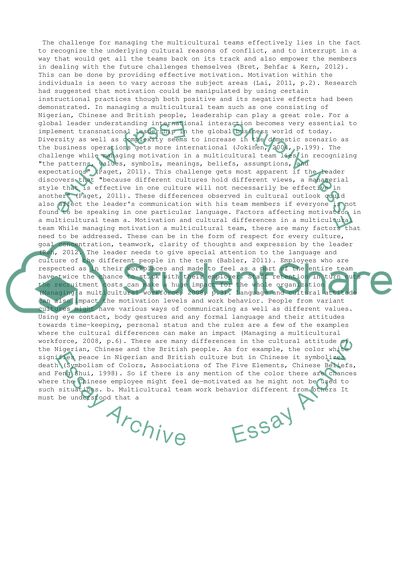Cite this document
(“Cross Cultural Management Assignment Example | Topics and Well Written Essays - 1500 words”, n.d.)
Retrieved de https://studentshare.org/management/1459132-cross-cultural-management
Retrieved de https://studentshare.org/management/1459132-cross-cultural-management
(Cross Cultural Management Assignment Example | Topics and Well Written Essays - 1500 Words)
https://studentshare.org/management/1459132-cross-cultural-management.
https://studentshare.org/management/1459132-cross-cultural-management.
“Cross Cultural Management Assignment Example | Topics and Well Written Essays - 1500 Words”, n.d. https://studentshare.org/management/1459132-cross-cultural-management.


